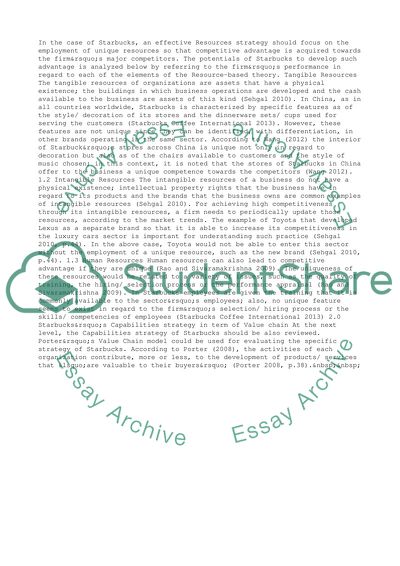Cite this document
(“Critical evaluation organization's Resources and Capabilities of Coursework - 1”, n.d.)
Retrieved from https://studentshare.org/business/1498978-critical-evaluation-organizationyies-resources-and
Retrieved from https://studentshare.org/business/1498978-critical-evaluation-organizationyies-resources-and
(Critical Evaluation organization'S Resources and Capabilities of Coursework - 1)
https://studentshare.org/business/1498978-critical-evaluation-organizationyies-resources-and.
https://studentshare.org/business/1498978-critical-evaluation-organizationyies-resources-and.
“Critical Evaluation organization'S Resources and Capabilities of Coursework - 1”, n.d. https://studentshare.org/business/1498978-critical-evaluation-organizationyies-resources-and.


